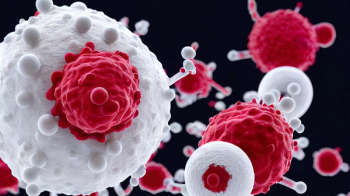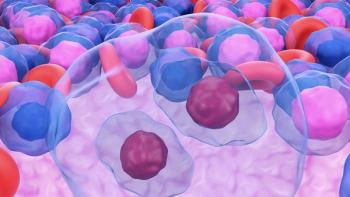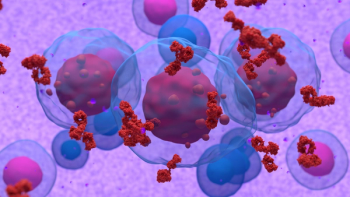
Understanding How On-Target and Off-Target ADC Toxicities Work
Paolo Tarantino, MD, PhD, explains that the chemotherapy-related toxicities from an ADC are more likely to limit dosage for patients with cancer.
Antibody-drug conjugates (ADCs) are an increasingly common drug class being used across more cancer types due to their potent combination of targeted treatment and chemotherapy; however, this powerful combination comes with adverse events (AEs) respective to each component of the drug.
As Paolo Tarantino, MD, PhD, explained in an interview with Oncology Nursing News at the 2025 International Congress on the Future of Breast Cancer East, hosted by Physicians Education Resource LLC®, “on-target” toxicities are those that result from the targeted antibody
While the on-target toxicities are important to monitor, the “off-target” toxicities associated with an ADC’s chemotherapy payload are more determinants of a patient’s experience with the drug. Tarantino, a clinical research fellow at Dana-Farber Cancer Institute, emphasized that the chemotherapy-related toxicities are more likely to affect a patient’s quality of life and may necessitate dose modifications.
Transcript
It’s critical to realize that the toxicity profile of ADCs comes from on-target and off-target
But usually what makes ADCs more or less tolerable are the off-target toxicities of chemotherapy that either get released from the ADC or just reach healthy cells in the body, so usually, the chemotherapy payload can lead to different toxicities. If it’s a TOP1 inhibitor, usually you see AEs associated with irinotecan such as alopecia, nausea, and fatigue. If it’s a microtubule inhibitor such as monomethyl auristatin E, what you can see is peripheral neuropathy, neutropenia, and so on.
Therefore, it’s important to understand the difference between on-target and off-target toxicities. Understand that every ADC has a mixture of both, but usually it’s the off-target toxicities—the chemotherapy-related toxicities—that determine the maximum-tolerated dose. It’s important to take that into account when you administer an ADC, because they are targeted drugs, but they’re also chemotherapy—they’re targeted chemotherapies.
This transcript has been edited for clarity and conciseness.
Newsletter
Knowledge is power. Don’t miss the most recent breakthroughs in cancer care.
















































































